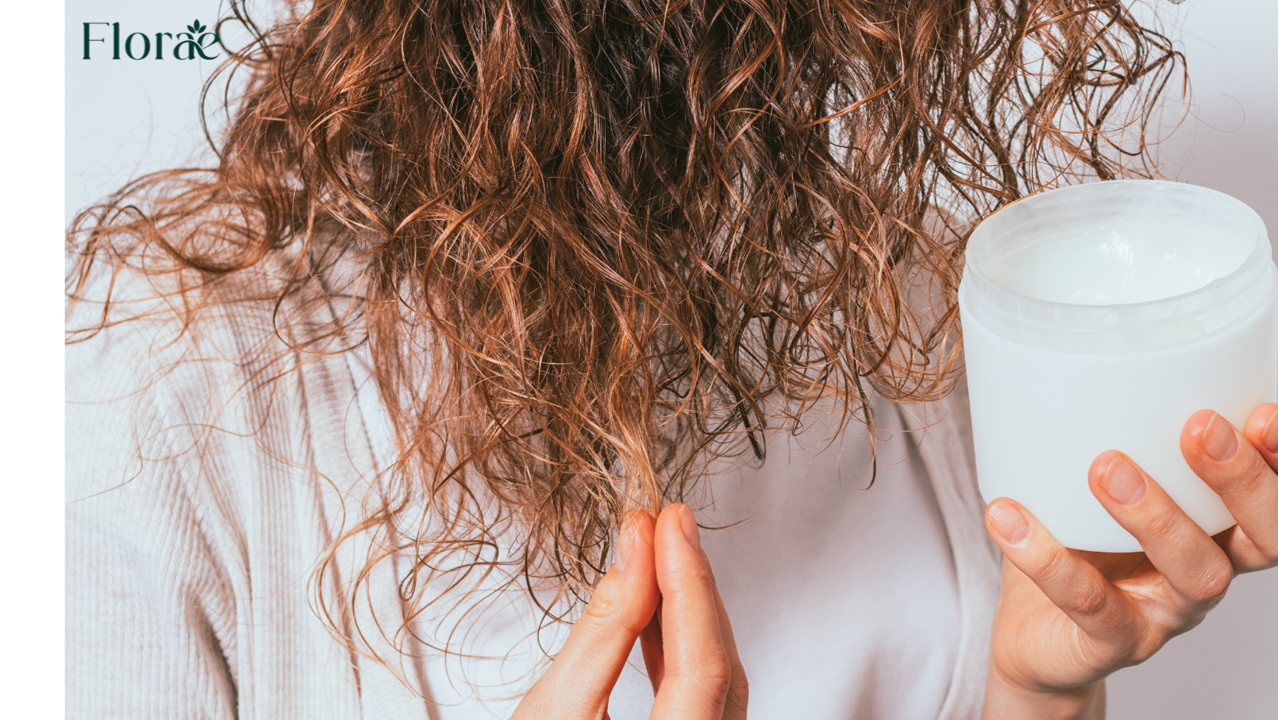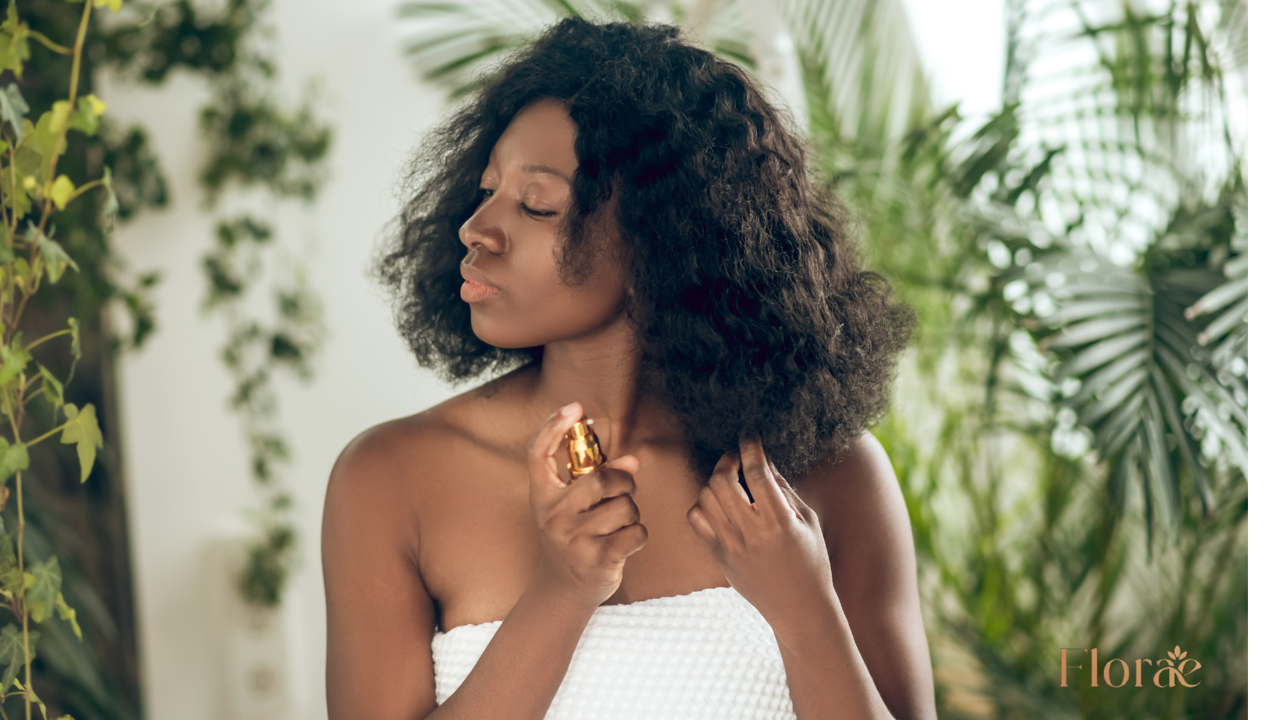
Protein Vs. Moisture: How to Know What Your Hair Needs
Did you know that textured hair needs equal amounts of protein and moisture to thrive?
Each hair strand is comprised of approximately 95% protein, mostly in the form of keratin. Through daily environmental stress, and styling, that protein breaks down. When textured hair loses protein, it also loses its ability to hold the shape of the wave, curl, or coil and appears limp, stringy, and lifeless - leaving it looking dry and damaged.
We know that many textured haired ladies may be wary of using protein because of bad experiences with store-bought or homemade protein treatments (insert egg mask here), BUT, protein should be something that you give to your hair on a routine schedule.
Moisture and protein should always go hand in hand. No matter your hair type, you need both moisturizing and protein treatments in your hair regimen. Protein gives textured hair shape and elasticity, and moisture prevents textured hair from breaking.
A Deep Dive into A Protein Treatment For Curly Hair
A protein treatment is a product that contains a mix of conditioning agents, vitamins, oils, and amino acids, or protein. Protein treatments are crucial for textured curly hair because they help restore and rebuild the shape of each strand.
Proteins are made up of amino acids, which are small molecules organized in a chain-like shape. Because proteins are large in their structure, they are unable to penetrate and bind to the hair in their large state. For proteins to bind to, and penetrate the hair shaft, they must be split into smaller pieces through the process of hydrolysis. During hydrolysis, water is used to split proteins into smaller pieces. These smaller pieces are called hydrolyzed proteins. Hydrolyzed proteins are the ONLY form of proteins that can penetrate and absorb into textured hair and effectively fill in any cracks or chips on the hair strand.
This is the main reason why many DIY home protein treatments are ineffective. While food items like eggs, mayonnaise, and yogurt do contain protein, the protein in food that we eat is large, and that protein must be broken down by our bodies during the digestive process. Applying protein-containing foods directly to our hair does nothing for it because the proteins are too large to bond to the hair strand, and they get rinsed from our hair without doing our curls any good.
Does My Hair Need Protein or Moisture?
Understanding whether your curly hair needs protein or moisture can be crucial in maintaining its health and vibrancy. Protein treatments can help strengthen and repair damaged strands, while moisture treatments ensure hydration and elasticity. By identifying your hair's specific needs, you can tailor your routine to achieve optimal results and keep your curls looking their best.
Not Enough Protein
- Your hair doesn’t curl when wet or when adding products
- Limp hair with no volume. May see stringy pieces
- Very frizzy strands

- Hair that overstretches and/or comes out at the root
- Hair feels gummy or mushy between your fingers
- Hair has a constantly “wet” very soft feeling even when you have not applied products in a few days
Not Enough Moisture
- Hair is very brittle feels like straw
- Hair snaps off or breaks off very easily
- Extremely dry strands
- Lots of tangles and increased shedding
How Do I Incorporate These Tips in My Styling Routine?
Maintaining your protein moisture balance is important in your styling routine as well. In order for your hair to hold a style properly, the integrity of your hair needs to be solid. Having the right balance of protein and moisture within your strands helps your hair to hold its shape. This is typically referred to as elasticity. We will address the specifics of elasticity in another blog post, but for now, here are some guidelines to help you determine how often your hair may need a protein treatment.
Color-Treated Hair
Hair that is routinely color-treated becomes more porous with each coloring session. The more porous the hair, the more protein is needed to reinforce the hair strand and fill in any gaps. If you have color-treated hair, you should consider doing a protein treatment every 6 weeks. Be sure t o feel the outer layer of your hair and see how your hair is behaving after your coloring sessions. If your hair is more brittle or dry than you would like, consider increasing the protein treatments to once every 4 weeks.
o feel the outer layer of your hair and see how your hair is behaving after your coloring sessions. If your hair is more brittle or dry than you would like, consider increasing the protein treatments to once every 4 weeks.
Heat-Styled Hair
Heat-styled hair needs a lot of TLC in order to continually repair the bonds of hair that are broken during the heat-styling process. Heat styling can also dry out hair further pushing the boundary of the protein moisture balance. If you use heat on your hair once a week to once a month, consider doing a protein treatment every 2-4 weeks.

Protein Treatments After Protective Styling
For those that mainly wear protective styles, it is important to make the time to take care of your hair underneath the protective style. Braids, and wig installs do place some tension along the hairline and on the hair. Frequent and long-term protective styling also runs the risk of leaving your hair susceptible to dryness/dehydration. If you prefer textured styling for your natural hair, consider doing a protein treatment every 6-8 weeks depending on how your hair feels and behaves.
Wearing your Textured Hair in Its Natural State
If you usually wear your textured hair in its natural state whether it’s in a bun, or a wash and go, twists, or a twist out, your hair may be more prone to tangling and knots. Your hair may also be more prone to drying out. You may consider doing a protein treatment every 4 weeks.
How Can A Deep Conditioner Help?
Our Florae Beauty SANA Superfruit Deep Treatment Mask is unique in that it can be customized to contain the best botanical and protein extracts to directly treat your hair deficiencies and needs. The base of our Superfruit deep conditioner contains Bentonite Clay, a powerful Ayurvedic ingredient that detoxes the hair and scalp to remove buildup and allow maximum absorption and penetration of hair products for hydration and longer lasting moisture. Bentonite clay also naturally strengthens hair follicles and improves hair elasticity. Next, we combine avocado and banana powders to create a moisturizing formula that gives maximum moisture post deep conditioning. Finally, we will add our customized natural, plant-based booster extracts based on what you tell us your hair needs. Once we have crafted your individual deep conditioning treatment, you will be able to see increased growth, improved retention, and a difference in the way your hair responds to styling. Our deep conditioner will give you the best of both worlds, a strengthening treatment that is infused with moisture as well as booster extracts that address your specific hair issues. With our formula you get a moisturizing and protein hair mask in one step with no need to use multiple products.
Shop today to get your personalizable deep treatment mask and begin the journey to getting the healthy textured hair that you deserve.


